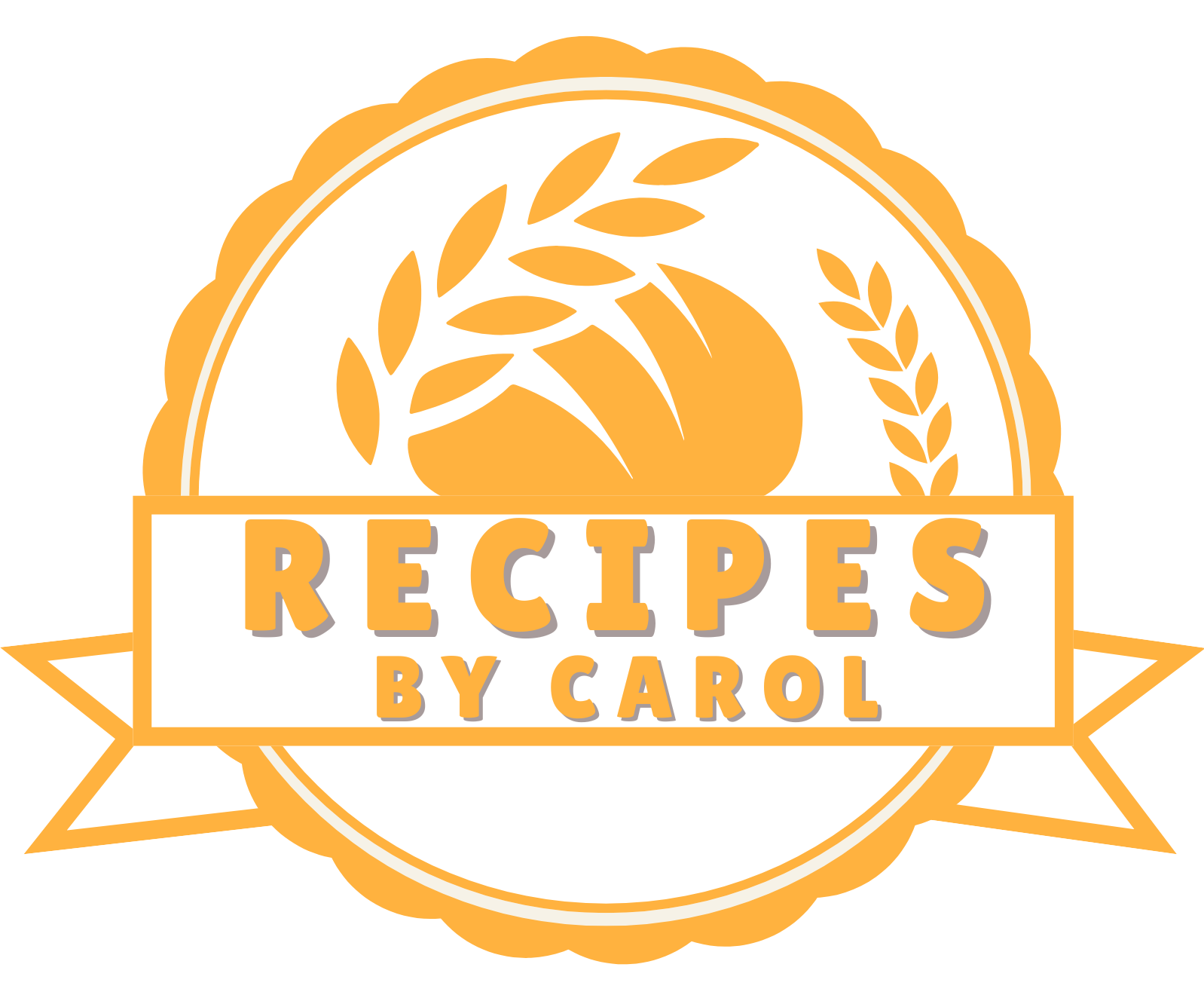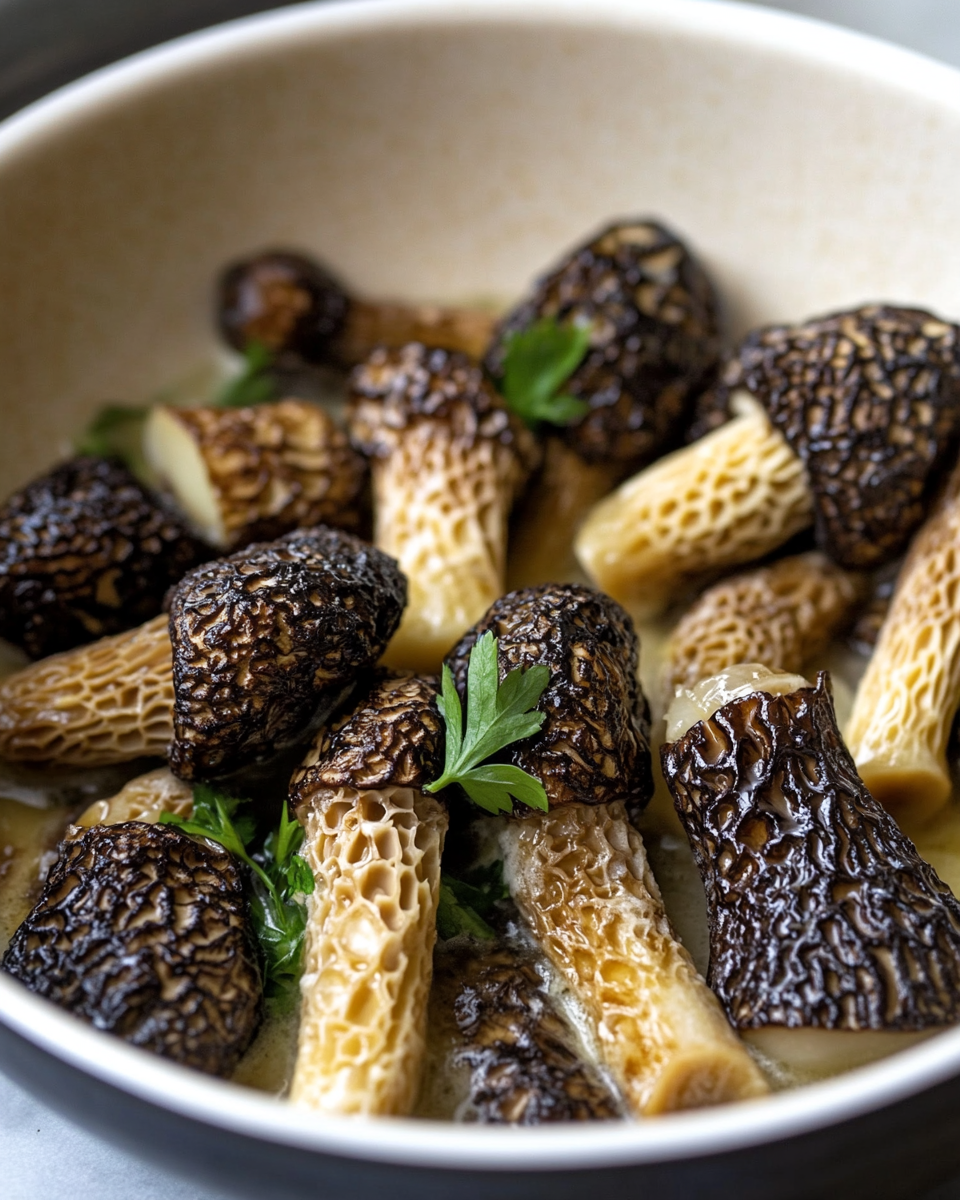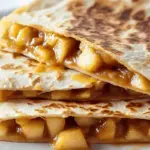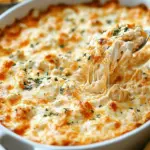The Buttery Pan-Fried Morel Mushrooms dish is a seasonal treasure that celebrates the earthy flavors of wild spring mushrooms. Lightly crisped in a blend of butter and olive oil, the morels take on a golden hue while their deep, nutty aroma fills the kitchen. The gentle addition of garlic enhances their natural umami, and a sprinkle of parsley brings brightness to the plate.
This simple, elegant recipe makes a fantastic starter, topping for toast, or savory addition to pasta or eggs. Whether you’re a seasoned forager or new to wild mushrooms, this is a wonderful introduction to the rich, natural flavors of morels, cooked the way nature intended pan-fried and pure.
Full Recipe:
Ingredients:
-
1 pound fresh morel mushrooms
-
4 tablespoons unsalted butter
-
2 tablespoons olive oil
-
2 garlic cloves, minced
-
Salt and pepper, to taste
-
Fresh parsley, chopped (for garnish)
Directions:
-
Clean the morel mushrooms thoroughly with a soft brush or damp cloth. Avoid soaking them to prevent waterlogging. Slice each morel in half lengthwise.
-
Heat a large skillet over medium heat. Add butter and olive oil to the pan.
-
Once the butter is melted and slightly foamy, stir in the minced garlic. Sauté for 30 seconds until fragrant.
-
Add the cleaned and halved morels to the skillet. Cook for 5–7 minutes, stirring occasionally, until the mushrooms are tender and golden brown.
-
Season with salt and pepper to taste.
-
Garnish with chopped fresh parsley and serve immediately.
Prep Time: 10 minutes | Cooking Time: 10 minutes | Total Time: 20 minutes
Kcal: 190 kcal | Servings: 4 servings
The Earthy Elegance of Buttery Pan-Fried Morel Mushrooms
There’s something uniquely magical about cooking with morel mushrooms. These strange-looking, honeycomb capped fungi are more than just a seasonal delicacy they are a celebration of nature, heritage, and culinary simplicity. When paired with butter and garlic in a skillet, their rustic character is elevated into something luxurious. The Buttery Pan-Fried Morel Mushrooms recipe is not just a dish; it’s an experience rooted in nostalgia, adventure, and flavor.
In this article, we’ll dive into what makes morels so special, how to make the most of their short seasonal availability, their nutritional benefits, how to handle them properly, and why this simple pan-fry technique brings out their best qualities. Whether you’re a seasoned cook, a home food lover, or a curious forager, this recipe deserves a place in your spring kitchen rotation.
A Wild Treasure: The Legacy of Morel Mushrooms
Morel mushrooms are unlike anything else you’ll find in the world of fungi. With their sponge-like appearance and irregular ridges, they’re not conventionally beautiful, but they possess an allure that captivates chefs and foragers alike. Morels are wild mushrooms they can’t be cultivated easily or commercially grown on a large scale, which is part of what makes them so sought-after.
Their season is short, typically spanning from late March to early May in most regions of North America and Europe. These mushrooms emerge from the forest floor after spring rains, often in burned-out forests, near dead elm trees, or under old apple orchards. It’s not unusual to hear passionate mushroom hunters speak in near-reverence about the places they’ve found them, often keeping their secret spots closely guarded, like fishermen with their best lake.
This tradition of foraging for morels has deep roots in rural communities. For many families, it’s a springtime ritual children, parents, and grandparents roaming through woods together, baskets in hand. These foraging trips often culminate in a hearty home-cooked meal, and most of the time, that meal begins with butter and a hot skillet.
Simplicity as a Statement: Why Pan-Frying Works Best
One of the most common and time-honored ways to prepare morels is also one of the easiest: pan-frying them in butter. This simple method enhances the unique qualities of the mushroom without overpowering them. Morels have a deep, nutty, and almost meaty flavor especially when lightly crisped in butter. Their texture, somewhere between tender and chewy, soaks up flavor beautifully.
The recipe we’re talking about today honors the purity of morels. No heavy sauces. No complex reductions. Just a bit of garlic, olive oil, butter, salt, and pepper. This minimalist approach allows the foraged flavor of spring to truly shine.
There’s also something deeply comforting about the scent that fills the kitchen while these are cooking a buttery, garlicky, slightly earthy perfume that immediately says “home-cooked.”
The Nutritional Upside of Morels
While morels are a gourmet indulgence, they’re also surprisingly healthy. Unlike many luxurious foods, morels are low in fat and calories, making them an ideal addition to a balanced diet. But what truly sets them apart nutritionally is their micronutrient content:
-
Rich in Vitamin D: Morels, like many mushrooms, are one of the few non-animal sources of vitamin D, particularly if they’ve been exposed to sunlight.
-
Antioxidants: These mushrooms contain powerful compounds that help reduce oxidative stress and inflammation.
-
Iron and Copper: Vital for immune function and energy production, morels are good sources of these essential minerals.
-
High in Fiber: Their fibrous structure supports digestion and helps maintain satiety.
This means you can enjoy this buttery indulgence with the confidence that you’re also fueling your body with some important nutrients.
Foraging, Cleaning, and Handling Tips
Before any pan hits the stove, preparing morels properly is key to both safety and flavor. If you’re foraging them yourself, accurate identification is critical morels have some toxic lookalikes, like false morels (Gyromitra species), which can be dangerous if consumed. Always forage with an experienced guide or purchase morels from reputable farmers’ markets.
Once you have your hands on the real deal, cleaning them correctly ensures the best eating experience. Because of their ridged and pitted surface, morels can trap dirt, insects, and grit. Unlike other mushrooms that you should avoid wetting, morels sometimes benefit from a very brief soak in cool water or a gentle rinse just long enough to dislodge unwanted debris. Always pat them dry and allow to air dry a few minutes before cooking. Cutting them in half helps remove any hidden critters and ensures even cooking.
When to Make Buttery Pan-Fried Morel Mushrooms
The fleeting nature of morel season makes these mushrooms a celebratory ingredient. This dish is perfect in spring, especially around Mother’s Day or Easter gatherings, where it can add a luxurious, woodsy note to the menu.
It also works beautifully for:
-
Brunch: Served on buttered toast or inside an omelet.
-
Dinner: As a gourmet side dish for grilled steak, roast chicken, or even pasta.
-
Appetizers: On crostini or as a topping for creamy polenta.
Pair the dish with a glass of Chardonnay, a light Pinot Noir, or even a dry sherry for a perfect flavor complement. If you’re going meatless, a serving of buttery morels over a creamy risotto is sublime.
Cooking Tips from the Pros
-
Use a mix of butter and olive oil: The olive oil prevents the butter from burning and adds a nice base layer of richness.
-
Don’t overcrowd the pan: Give your mushrooms room to breathe so they sear instead of steam.
-
Low and slow is not the move: Medium heat allows you to get that beautiful caramelized exterior without turning the mushrooms to mush.
-
Keep seasonings simple: Morels are complex on their own garlic, salt, pepper, and fresh parsley are all you need.
Bonus tip: Don’t throw out the butter left in the pan! Drizzle it over toast or stir it into pasta for an extra punch of flavor.
Conclusion:
The Buttery Pan-Fried Morel Mushrooms recipe is a reminder that sometimes, the best dishes are the simplest. It’s about respecting your ingredients especially ones as rare and prized as morels and allowing their natural character to take center stage. This dish is proof that luxury in the kitchen doesn’t have to mean complicated techniques or long ingredient lists.
If you’ve never tried morels before, this recipe is the perfect way to begin. And if you’re lucky enough to have childhood memories of hunting for them in the forest, this dish will bring that nostalgia flooding back.
Whether foraged or found at a farmers’ market, morels deserve your attention and a pat of good butter.




